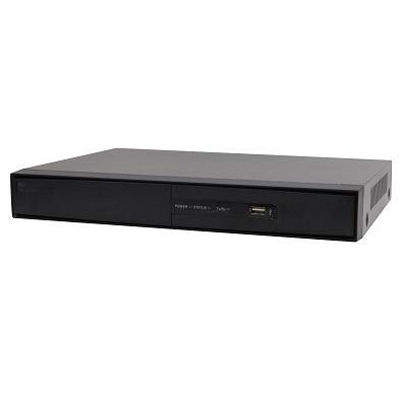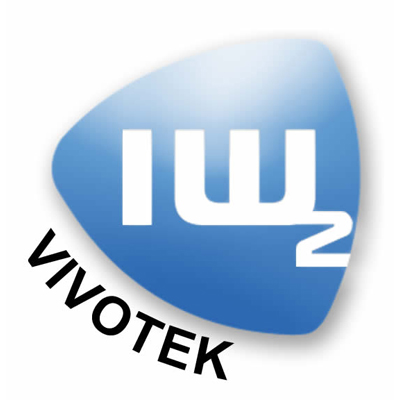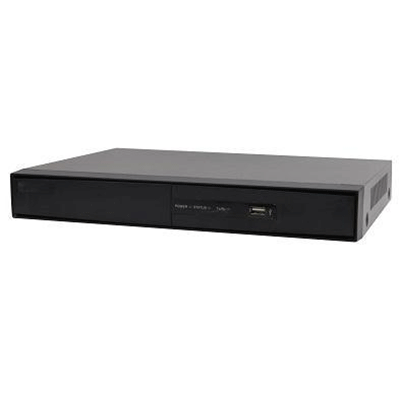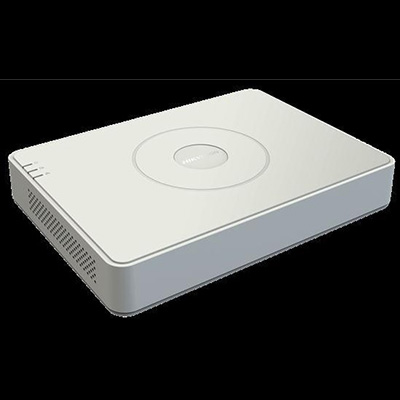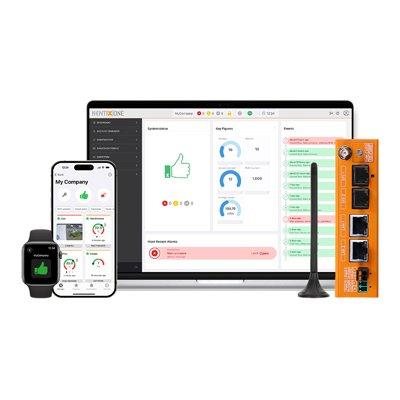Silicon Labs has launched a family of isolated gate drivers that solves a critical need for cutting-edge power supply designs. Based on Silicon Labs' proven digital isolation technology, the new Si827x ISO driver family offers the highest noise immunity of any gate driver on the market. This industry-leading common mode transient immunity (CMTI) makes the Si827x drivers ideal for fast-switching and potentially noisy power supply systems. Target applications include power supplies for servers, computers and base stations, as well as solar power inverters and microinverters, class D amplifiers, motor controllers, and chargers for electric vehicle/hybrid-electric vehicles (EV/HEV).
Protecting power systems
An overriding metric for power supply designers is power per volume (W/mm3). To maximise power density, many designers choose faster switching frequencies for their modulation schemes. Power delivery systems use high-power semiconductor switches, such as silicon-based MOSFETs and new gallium nitride (GaN) and silicon carbide (SiC)-based MOSFETs, requiring a high-current isolated driver to control the switch. Fast switching improves system efficiencies but also produces higher noise transients that can cause signal loss or permanent damage from latch-up. The Si827x gate drivers protect power systems by offering exceptional immunity to these noise transients caused by high-speed switching.
The Si827x gate drivers offer industry-leading noise immunity (200 kV/µs) and latch-up immunity (400 kV/µs) - twice the immunity rating of any other gate driver available today. With its high-performance noise immunity, the Si827x family eliminates risks posed by faster switching speeds, preventing modulation loss as well as latch-up, which can be a major safety concern. The Si827x family's very high latch-up specification makes the gate drivers extremely robust, preventing permanent latch-up damage.
Single and dual isolated drivers
The Si827x family offers a choice of single- or dual-isolated drivers with either two independent input controls or a single input for power converter applications. The drivers operate with a wide range of 2.5 - 5.5 V input VDD and a maximum drive supply voltage of 30 V. The lower VDDI voltage capability of 2.5 V enables developers to design systems with a low-voltage power supply that consumes less power, increases system efficiency and is compatible with low-power microcontrollers (MCUs) such as Silicon Labs' EFM32(TM) Gecko MCUs.
The Si827x gate drivers feature an EN (active high enable) pin instead of the typical DIS (active low) pin, under-voltage lockout (UVLO) fault protection, a de-glitch feature for filtering noisy inputs and highly precise dead time (DT pin) programmability. Using this DT feature, developers can precisely control the "dead time" between two switching drivers to optimize power system efficiency and safety.
Capacitive-coupled isolation technology
"Silicon Labs' new Si827x gate driver family solves real-world customer problems, safely enabling fast switching and low-power 2.5 V operation with excellent timing specs," said Ross Sabolcik, Vice President of power products at Silicon Labs. "The best-in-class noise immunity of our Si827x gate drivers allows developers to safely design power supply systems with fast-switching MOSFETs or faster GaN and SiC switches, which can significantly improve overall system efficiency while enhancing reliability."
Leveraging Silicon Labs' proprietary capacitive-coupled isolation technology, the Si827x gate drivers offer very low electromagnetic interference (EMI) emissions, long lifetimes, fast and accurate timing specs, and a wide temperature range of -40 to +125 °C.
Si827x Isolated Gate Driver Family Highlights
- Industry's highest noise immunity (200 kV/µs) and latch-up immunity (400 kV/µs) to support ultra-fast switching
- The only gate drivers available operating down to 2.5 V VDD to reduce power consumption
- Best-in-class timing specs (typical 30 ns delay) with 10x shorter propagation delay and 20x lower skew than competing gate drivers
- Uses EN pin instead of DIS pin to ensure a safe default state
- Accurate timing including dead-time control to maximise system efficiency and safety
- Robust, reliable solution with stable operation over a long lifetime - up to 60 years or 10x longer than opto-based solutions









